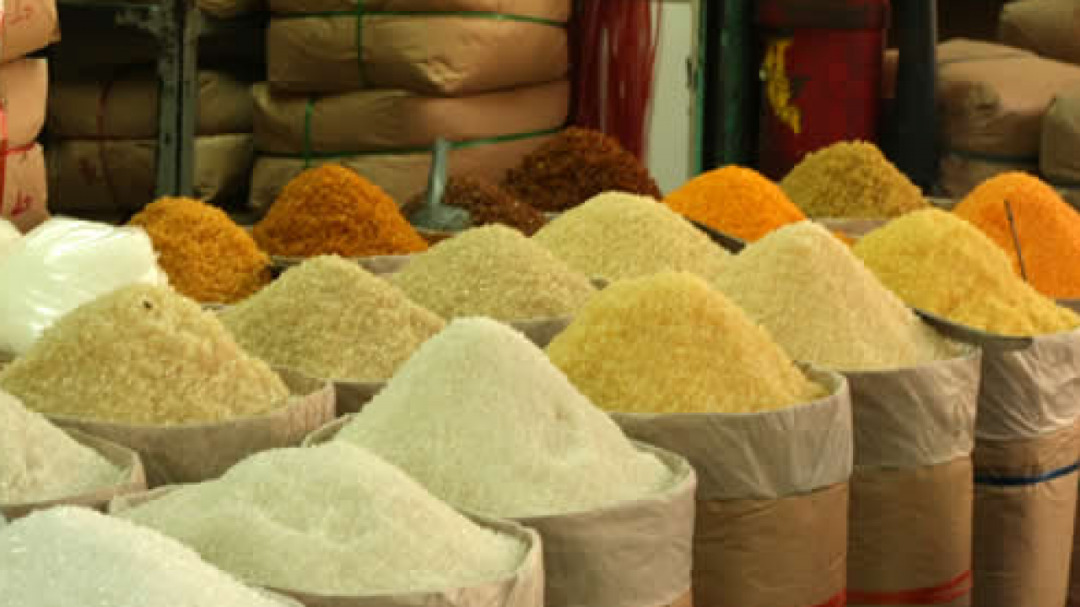The consumer price index (CPI), which measures the rate of change in prices of goods and services, dropped to 17.93 percent in May from 18.12 in April.
This is according to the ‘Consumer Price Index Report’, released by the National Bureau of Statistics (NBS), on Tuesday.
On month-on-month basis, the headline index increased by 1.01 percent in May 2021. This is 0.04 percentage points higher than the rate recorded in April 2021 (0.97 percent).
The urban inflation rate increased by 18.51 percent (year-on-year) in May 2021 from 18.68 percent recorded in April 2021, while the rural inflation rate increased by 17.36 percent in May 2021 from 17.57 percent in April 2021.
Advertisement
The report said in May 2021, all items inflation on year on year basis was highest in Kogi (25.13%), Bauchi (23.02%) and Sokoto (20.11%), while Katsina (15.69%), Imo (15.52%) and Delta (14.85%) recorded the slowest rise in headline Year on Year inflation.
“On month on month basis however, May 2021 all items inflation was highest in Kogi (2.22%), Ogun (2.17%) and Cross River (2.07%), while Ekiti (0.02%) recorded the slowest rise in headline month on month with River and Sokoto recording price deflation or negative inflation (general decrease in the general price level of food or a negative food inflation rate)”
The food inflation also reduced to 22.28 percent in May from 22.72 in April.
Advertisement
This was driven by increases in prices of Bread, Cereals, Milk, Cheese, Eggs, Fish, Soft drinks, Coffee, Tea and Cocoa, Fruits, Meat, Oils and fats and Vegetables.
“In May 2021, food inflation on a year on year basis was highest in Kogi (32.82%), Kwara (26.02%) and Enugu (25.43%), while Akwa Ibom (20.06%), Bauchi (18.65%) and Abuja (16.91%) recorded the slowest rise in year on year inflation,” the report added.
“On month on month basis however, May 2021 food inflation was highest in Kogi (3.11%), Ogun (2.89%) and Anambra (2.37%), while Edo, Sokoto and Ekiti recorded price deflation or negative inflation (general decrease in the general price level of food or a negative food inflation rate).
Advertisement
Add a comment







